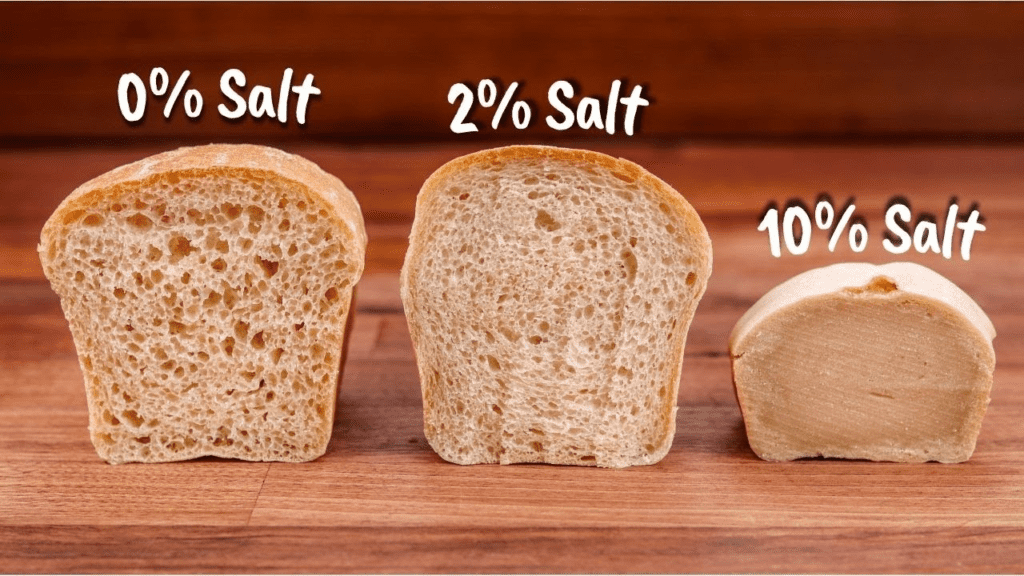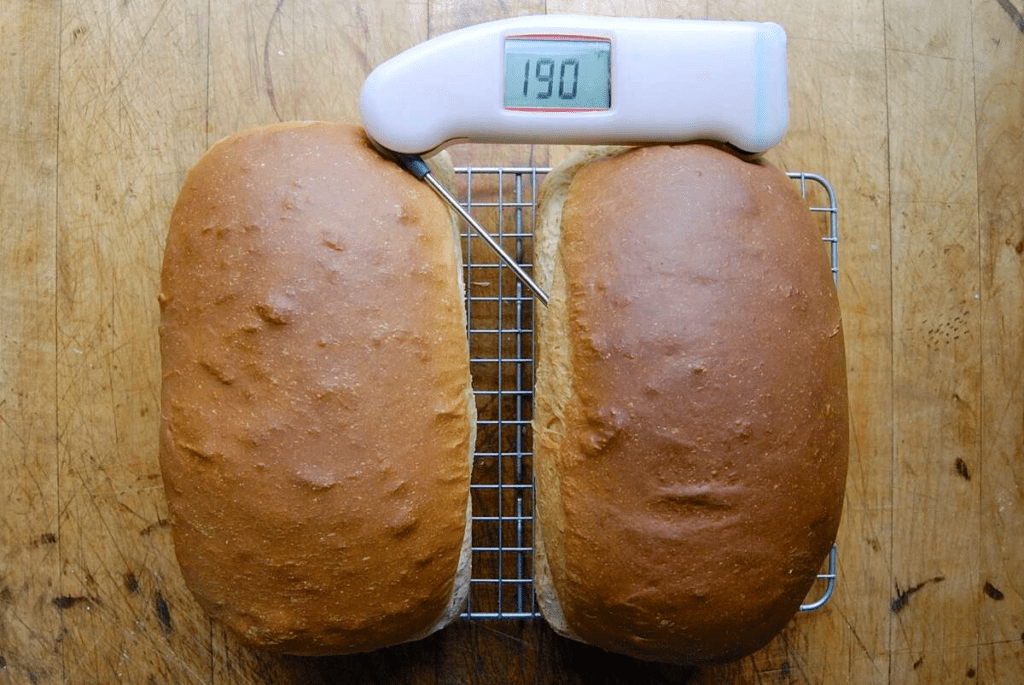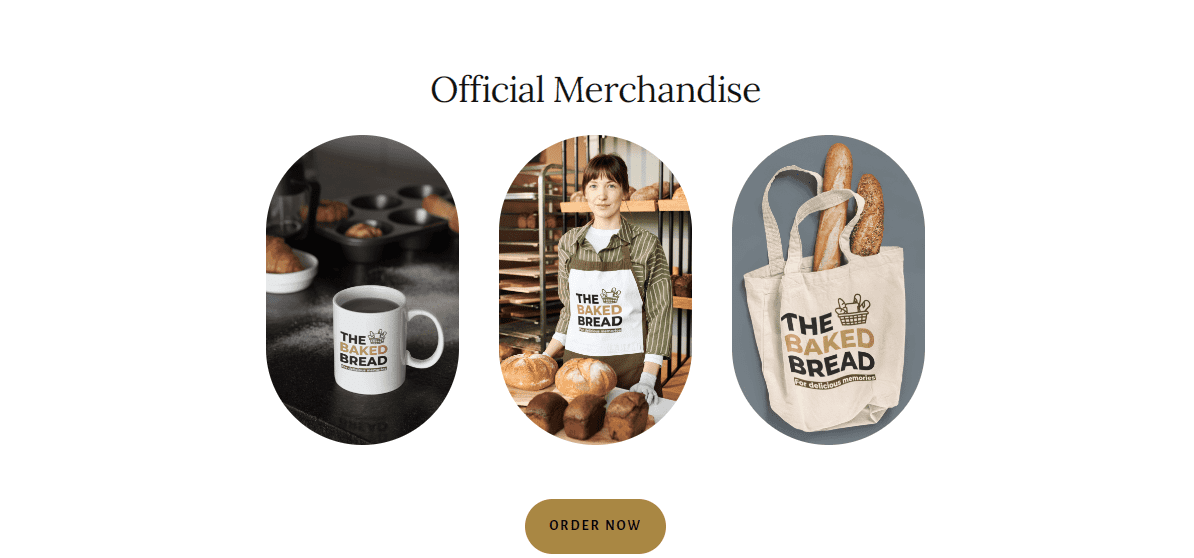
How to setting temperature for baking bread? Baking bread requires more than a recipe and measuring spoon.
Baking temperature is of utmost importance in allowing the dough to rise, obtain good color, and achieve a soft texture so breads are crisp yet moist on the inside.
For all types of bread, home bakers should understand oven temperature before they start baking.
Knowing Temperature for Baking Bread

Knowing the exact temperature reading of your oven is critical for successful bread baking results.
Oven temperatures can vary widely with each model; thus, it’s important to use an oven thermometer and adjust your setting accordingly.
It’s also wise to know your oven’s lowest and highest heat settings, so you’ll have an idea which range of temperatures work best with certain recipes.
Choose a Temperature Setting
When selecting what temperature to bake bread at, always follow the recipe instructions first; this will keep you from making any mistakes that could affect the outcome of your bake.
Generally speaking, most bread recipes call for an initial high-temperature setting (usually about 400°F) for quick browning and rising followed by a longer cooking time at moderate temperatures (350°F or even 300°F).
This will help develop a crusty exterior while keeping loaves from becoming too dark or burned especially around the edges.
Use High Heat for French Breads
French-style loaves typically require higher heat when baking because their sticking ingredients like cheese or butter need additional heat energy to set properly.
For example, pain aux lardons – which contains bacon fat – needs 375°F during its initial bake time in order to ensure that bacon fat melts right away and helps create those signature crackles on top without overbaking other parts of the loaf.
Keep Moderately Low Temperatures When Baking Sweet Breads
Lower baking temperatures are considered best practice when it comes to sweet breads such as babka or challah because they require longer cooking times at lower heat levels in order to maintain their soft texture as well As prevent them from burning due to all the sugar content in their recipes.
In such cases, it may be necessary to reduce your oven setting by about 25 Celsius for every 5 minutes beyond their suggested cook times if no other signs of doneness is observed yet (such as deep golden coloration or hardness against pressing).
Use Even Lower Temperatures When Preserving Moisture Levels
Cooking dough with low-heat settings helps preserve moisture levels in baked goods but this strategy has limits since prolonged exposure at overly low temperatures (such as 300–325°F).
Would cause proteins within our recipe’s liquid mediums—like eggs—to become denatured quicker than others like butter or oil, potentially impacting how tender our final product may turn out if left too long inside our ovens!
Kneading Temperature
When you are kneading your dough, be sure that you keep a close eye on the temperature of your work surface as well as your hands and fingers.
During this stage, you don’t want temperatures below 65°F (18°C) or above 75°F (24°C). Too cold of a surface temperature will slow down fermentation, while too hot of a surface will make the dough sticky and overly elastic.
Fermentation Temperature
Once you have kneaded your dough your next step is fermentation; this is an important step for developing flavor in your bread.
Wild yeasts, which naturally occur in flour, continue their activity during fermentation and give off gas bubbles which make bread look light and fluffy when cooked.
For ideal fermentation conditions keep the environment around 80–90°F (27–32°C). Note that if it’s too hot (above 90°F/ 32°C) you’re risking over-fermenting or killing off some of those beneficial wild yeasts.
Proofing Temperature
During proofing – an extended period of time where bread rests and rises – ideal conditions need to be maintained in order to prevent overproofed dough that can turn into a crumbly mess in the oven and underproofed dough that may not rise properly creating dense loaves of bread.
Bank ovens provide consistent proof box temperatures such as 85-90°F (29-32°C) with moderate humidity usually between 60%-80%. It’s important not to get carried away with humidity levels – use too much moisture and you’ll end up having wet looking loaves once they come out of the oven!
Baking Temperature
What good is all this preparation if you don’t bake at an appropriate temperature? The most common baking temperature for most yeast bread recipes is 400–425 °F (204–218 °C).
In general terms white sandwich loaves are typically baked at 375 – 400 °F (190 – 204 °C), specialty shaped artisan style loaves take higher temperatures such as 375–425 °F (190–218 °C), sweet pound cakes will bake at 300–350 °F (149–177 °C).
As always refer to specific recipes for exact times/temperatures needed for optimal results!
Cooling Temperature
Cooling times vary depending on what type of product you are making along with its size & shape but generally cool loaves between 30 minutes to one hour before slicing into them otherwise they’ll look like they “fell” or went bad faster than normal due to staling.
This happens when warm air has been absorbed by moist surfaces trapping cooler air inside causing uneven distribution throughout cooling thus leading to lopsided slices when cut or ‘deflated’ looking cookies when taken out mid-bake!



Leave a Reply